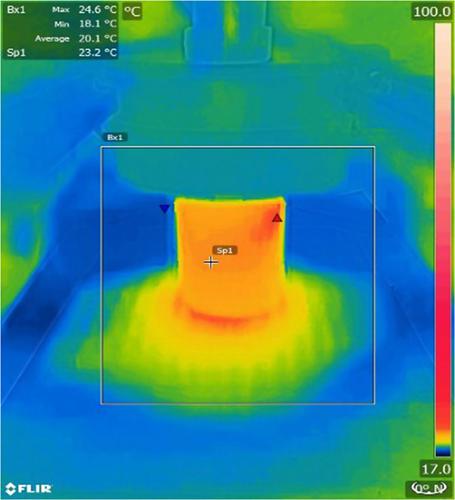当前位置:
X-MOL 学术
›
Plasma Processes Polym.
›
论文详情
Our official English website, www.x-mol.net, welcomes your feedback! (Note: you will need to create a separate account there.)
Plasma deposition of collagen for cell‐culture applications
Plasma Processes and Polymers ( IF 3.5 ) Pub Date : 2019-12-05 , DOI: 10.1002/ppap.201900147 Denis O'sullivan 1 , Hazel McArdle 2 , Julie‐Ann O'Reilly 3 , Richard J. O'Kennedy 3 , Robert Forster 2 , Liam O'Neill 1
Plasma Processes and Polymers ( IF 3.5 ) Pub Date : 2019-12-05 , DOI: 10.1002/ppap.201900147 Denis O'sullivan 1 , Hazel McArdle 2 , Julie‐Ann O'Reilly 3 , Richard J. O'Kennedy 3 , Robert Forster 2 , Liam O'Neill 1
Affiliation

|
Collagen coating of polystyrene (PS) labware involves a multistep process with high costs and complexity. Nonthermal plasma processes have recently been found to deposit coagulated and biologically functional protein layers in a single process step. A series of investigations were, therefore, conducted to compare plasma‐deposited collagen to an equivalent commercially coated product. Chemical and microscopic analysis suggests that the plasma‐deposited collagen retains the surface morphology and functional chemistry of the traditional collagen coating. Cell‐culture studies using two separate cell lines confirmed that the plasma‐deposited materials replicated the cell viability, proliferation and activity of the traditional collagen surfaces and outperformed uncoated PS plates. The implications of this for the protein coating of plastic labware surfaces are discussed.
中文翻译:

胶原蛋白的血浆沉积,用于细胞培养
聚苯乙烯(PS)实验室器具的胶原蛋白涂层涉及成本高且复杂的多步骤过程。最近发现非热等离子体工艺在单个工艺步骤中沉积凝结的和具有生物学功能的蛋白质层。因此,进行了一系列研究,以将血浆沉积的胶原蛋白与同等的商用涂层产品进行比较。化学和显微镜分析表明,血浆沉积的胶原蛋白保留了传统胶原蛋白涂层的表面形态和功能化学。使用两种单独的细胞系进行的细胞培养研究证实,血浆沉积的材料可复制传统胶原蛋白表面的细胞活力,增殖能力和活性,其性能优于未涂布的PS板。
更新日期:2019-12-05
中文翻译:

胶原蛋白的血浆沉积,用于细胞培养
聚苯乙烯(PS)实验室器具的胶原蛋白涂层涉及成本高且复杂的多步骤过程。最近发现非热等离子体工艺在单个工艺步骤中沉积凝结的和具有生物学功能的蛋白质层。因此,进行了一系列研究,以将血浆沉积的胶原蛋白与同等的商用涂层产品进行比较。化学和显微镜分析表明,血浆沉积的胶原蛋白保留了传统胶原蛋白涂层的表面形态和功能化学。使用两种单独的细胞系进行的细胞培养研究证实,血浆沉积的材料可复制传统胶原蛋白表面的细胞活力,增殖能力和活性,其性能优于未涂布的PS板。


























 京公网安备 11010802027423号
京公网安备 11010802027423号